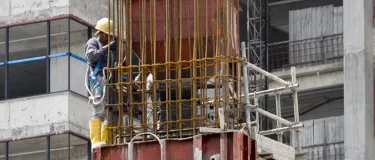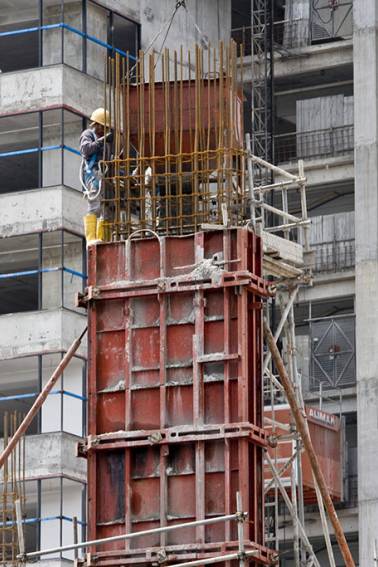Sustainable construction
Sustainable construction at Hima
As urbanization increases, the demand for housing and infrastructures also grows. However, buildings account for important CO2 emissions and consume huge amounts of energy across a lifecycle that spans production, construction, operation and demolition.
The challenge is to continue to build but to do so in a different way. Hima is committed to sustainable construction and works in partnership with other players to develop new construction methods.
The challenges of sustainable construction
Sustainable construction addresses two major global challenges: the significant environmental impact of the construction industry, balanced against the industry's economic and social benefits.
Sustainable construction addresses both challenges by limiting the environmental and human impact of construction while guaranteeing the highest quality in aesthetics, strength and durability. It considers the complete life cycle of a building, from the selection of materials to demolition and recycling.
What is sustainable construction?
In practice, sustainable construction means:
-
reducing the negative impact of building sites (noise, dust, repetitive tasks),
-
integrating renewable energy sources at the design stage,
-
using recyclable materials in construction to preserve natural resources,
-
improving the thermal inertia of buildings to reduce heating and air-conditioning costs and CO2 emissions,
-
controlling the aging of structures,
-
recycling materials and structures after demolition,
-
designing low-cost housing to improve living conditions for low-income populations.







